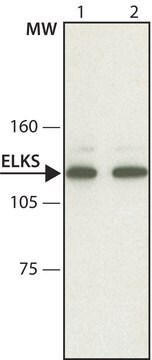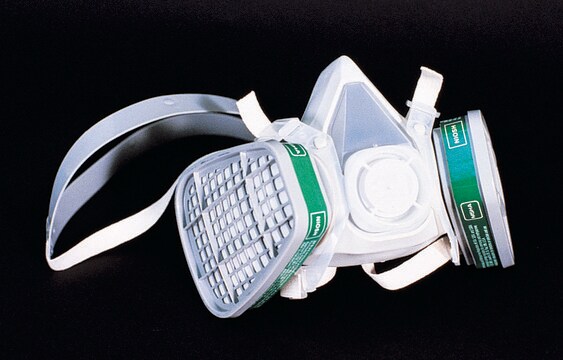05-516-AF647
Anti-Ras Antibody, clone RAS10, Alexa Fluor™ 647 Conjugate
clone RAS10, from mouse, ALEXA FLUOR™ 647
Sinónimos:
GTPase HRas, c-H-ras, H-Ras-1, Ha-Ras, p21ras, Transforming protein p21, GTPase KRas, c-K-ras, c-Ki-ras, K-Ras 2, Ki-Ras, GTPase NRas, Transforming protein N-Ras
About This Item
Productos recomendados
biological source
mouse
Quality Level
conjugate
ALEXA FLUOR™ 647
antibody form
purified antibody
antibody product type
primary antibodies
clone
RAS10, monoclonal
species reactivity
mouse, rat, human
technique(s)
flow cytometry: suitable
immunocytochemistry: suitable
isotype
IgG2aκ
NCBI accession no.
UniProt accession no.
shipped in
ambient
target post-translational modification
unmodified
Gene Information
human ... HRAS(3265) , KRAS(3845) , NRAS(4893)
Categorías relacionadas
General description
Application
Clone Ras10 is also available as unconjugated, as well as in FITC- and Alexa Fluor™ 555-conjugated forms (Cat. Nos. 05-516, FCMAB148F, 05-516-AF555) for ELISA, flow cytometry, immunocytochemistry, immunohistochemistry, immunoprecipitation, and Western blotting applications.
Quality
Immunocytochemistry Analysis: A 1:100 dilution of this antibody detected Ras immunoreactivity in A431 cells.
Target description
Physical form
Other Notes
Legal Information
¿No encuentra el producto adecuado?
Pruebe nuestro Herramienta de selección de productos.
Storage Class
12 - Non Combustible Liquids
wgk_germany
WGK 2
flash_point_f
Not applicable
flash_point_c
Not applicable
Certificados de análisis (COA)
Busque Certificados de análisis (COA) introduciendo el número de lote del producto. Los números de lote se encuentran en la etiqueta del producto después de las palabras «Lot» o «Batch»
¿Ya tiene este producto?
Encuentre la documentación para los productos que ha comprado recientemente en la Biblioteca de documentos.
Nuestro equipo de científicos tiene experiencia en todas las áreas de investigación: Ciencias de la vida, Ciencia de los materiales, Síntesis química, Cromatografía, Analítica y muchas otras.
Póngase en contacto con el Servicio técnico







